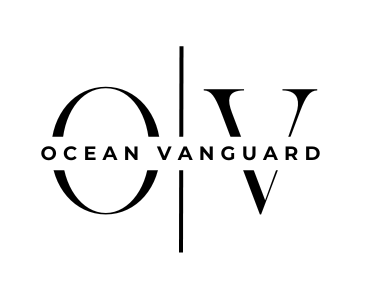Buying a yacht is not just a purchase; it’s a lifestyle choice that promises adventure, luxury, and unparalleled experiences on the open water. However, the process to buy a yacht can be complex and daunting, especially if you’re new to the world of yachting. From selecting the right type of yacht to understanding the financial and legal aspects, there are numerous factors to consider. This comprehensive guide will walk you through each step of the yacht-buying process, offering insights and tips to help you make an informed decision and buy your perfect yacht.
So… How Do You Buy A Yacht Anyways?
1. Understanding Your Needs and Preferences

Before you start browsing yacht listings or visiting boat shows, it’s crucial to clearly define your needs and preferences. This will help narrow down your options and ensure that you choose a yacht that perfectly fits your lifestyle.
- Intended Use: How do you plan to use your yacht? Are you looking to buy a yacht for weekend getaways, extended cruising, or hosting large parties? Your intended use will dictate the type of vessel you should consider. For instance, if you’re looking for a yacht to entertain guests, you may prioritize spacious decks and luxurious interiors. If you’re an adventurer, you’ll look for a vessel with long-range capabilities and rugged design.
- Cruising Grounds: Where do you plan to sail? The waters you intend to navigate—whether coastal, offshore, or open ocean—will influence the size and type of yacht that’s best for you. Coastal cruising may require a smaller yacht with a shallow draft, while open-ocean voyages may necessitate a larger, more robust vessel.
- Crew or No Crew: Do you plan to operate the yacht yourself, or will you hire a crew? Larger yachts typically require a crew, while smaller yachts can often be managed by the owner. Consider your level of comfort and expertise in handling a yacht, as well as the costs associated with hiring crew and paying for yacht management.
- Budget: Determine your budget not just for the initial purchase but also for ongoing costs such as maintenance, mooring, insurance, and fuel. Be realistic about what you can afford, and remember that the cost of owning a yacht goes far beyond the purchase price. Maintenance, fuel, and docking fees can add up quickly, so it’s essential to factor these into your overall budget.
For a better look at the cost of yacht ownership, read this article by Ocean Vanguard: The Real Cost of Owning a Yacht: The Surprising Truth.
2. Choosing the Right Type of Yacht
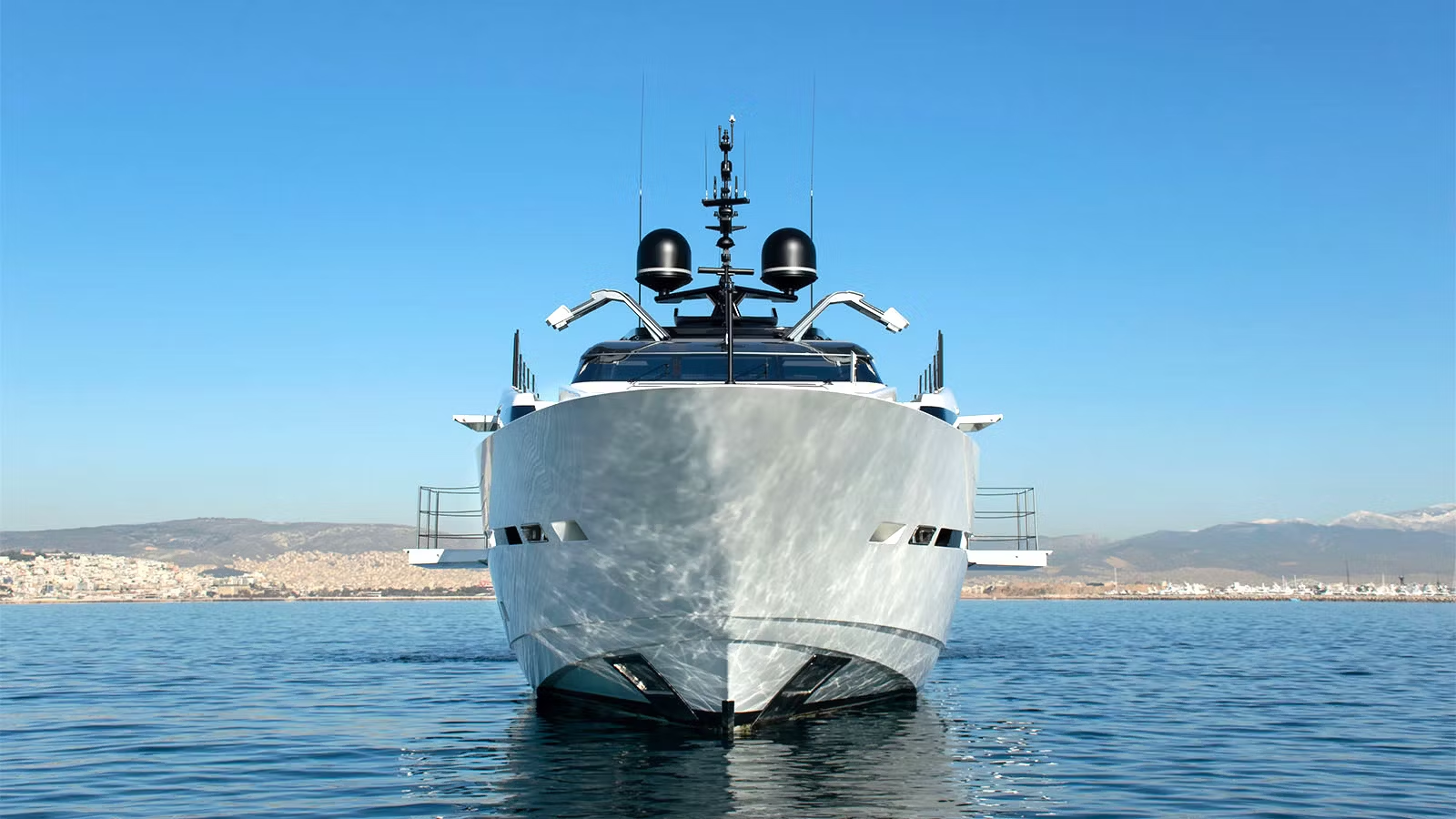
Yachts come in a variety of types, each with its own unique characteristics, advantages, and disadvantages. Understanding these differences is key to making the right choice.
- Sailing Yacht: If you love the idea of harnessing the wind and enjoying a more eco-friendly mode of travel, a sailing yacht might be the right choice. Sailing yachts are typically less expensive to maintain and operate but require knowledge of sailing techniques. They also offer a more immersive experience with the sea, allowing you to feel more connected to the environment.
- Motor Yacht: Powered by engines, motor yachts are known for their speed, comfort, and ease of use. They’re ideal for those who want to cover long distances quickly or have more onboard amenities. Motor yachts often come equipped with luxurious interiors, large entertainment spaces, and powerful engines that can reach higher speeds than sailing yachts.
- Catamaran: These yachts have two hulls, providing greater stability and space compared to monohull yachts. Catamarans are popular for their shallow draft, making them ideal for exploring coastal areas and shallow waters. They also offer more living space on deck and below, making them a popular choice for families or those who plan to entertain guests.
- Superyacht: If you’re looking for the ultimate in luxury and space, a superyacht, or sometimes called mega yachts, might be what you’re after. These large yachts often come with multiple decks, swimming pools, and advanced technology, but they require a significant financial commitment and a full-time crew. Superyachts are the epitome of luxury on the water, offering amenities that rival those of the finest hotels.
- Explorer Yacht: Designed for long-range cruising and exploration, these yachts are built to withstand tough conditions and offer extended fuel and water capacities. If you’re looking to embark on long journeys to remote destinations, an explorer yacht might be the perfect choice. These vessels are equipped to handle everything from ice fields to tropical storms, making them ideal for adventurous sailors.
3. New vs. Used Yachts
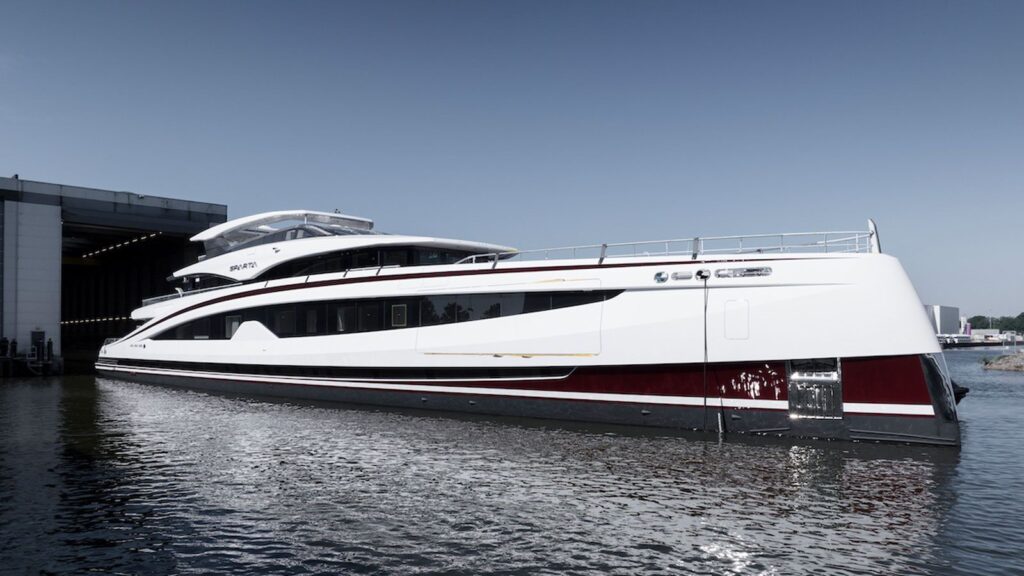
One of the first decisions you’ll need to make is whether to buy a yacht used or new. Both options have their pros and cons, and the right choice depends on your preferences and budget.
- New Yachts:
- Pros: Customization options, latest technology, warranties, and the satisfaction of being the first owner. With a new yacht, you have the opportunity to select the exact specifications, design elements, and features you desire. Additionally, new yachts come with the latest technology, ensuring that your vessel is equipped with state-of-the-art navigation systems, engines, and safety features.
- Cons: Higher upfront cost, faster depreciation, and longer lead times if you’re commissioning a custom build. New yachts can be significantly more expensive than used ones, and they tend to depreciate quickly within the first few years of ownership. If you’re commissioning a custom build, be prepared for potential delays and additional costs associated with the construction process.
- Used Yachts:
- Pros: Lower purchase price, potential for a good deal, and immediate availability. Additionally, previous owners may have already sorted out initial issues. Buying a used yacht can be a cost-effective way to enter the yachting world, as the previous owner has likely taken care of many of the initial maintenance tasks and depreciation has already occurred. You may also find used yachts that have been upgraded with additional features or equipment, saving you the cost of doing so yourself.
- Cons: Higher maintenance costs, possible hidden issues, and outdated technology or design. While a used yacht may be more affordable upfront, it may require more maintenance and repairs than a new yacht. Additionally, the technology and design of older yachts may be outdated, requiring upgrades to meet modern standards.
4. Finding a Yacht Broker

Unless you’re an experienced yachtsman, working with yacht brokers is highly recommended before you buy a yacht. A good broker will guide you through the entire buying process, from selecting the right yacht to negotiating the price and handling the paperwork.
- How to Choose a Broker: Look for a broker with experience in the type of yacht you’re interested in. Check their credentials, ask for references, and ensure they’re a member of a reputable association, such as the International Yacht Brokers Association (IYBA). A reputable broker should have a deep understanding of the market, a strong network of contacts, and a track record of successful transactions.
- Broker’s Role: A broker will help you find suitable yachts, arrange viewings, negotiate with the seller, assist with sea trials and surveys, and handle legal documentation. They can also provide valuable advice on ownership and post-purchase support. A broker’s knowledge and expertise can be invaluable, especially if you’re new to yachting or want to buy a yacht in a foreign country.
5. Researching Yachts

Once you’ve defined your needs and engaged a broker, it’s time to start researching specific yachts. This is a crucial step that requires thorough investigation and patience.
- Online Listings: Start by browsing online yacht listings on websites like YachtWorld, Boat Trader, or YachtMarket. These platforms offer detailed specifications, photos, and pricing for a wide range of yachts. Online listings can give you a good sense of what’s available in the market, allowing you to compare different models, sizes, and price points.
- Boat Shows: Attending boat shows is an excellent way to see a variety of yachts for sale, in person, meet brokers, and get a feel for what you like. Major boat shows like the Monaco Yacht Show or Fort Lauderdale International Boat Show are great places to start. At boat shows, you can explore different yachts, talk to manufacturers and brokers, and even take advantage of special offers or discounts to buy a yacht.
For a comprehensive list of great boat shows to attend and when they are, read: Top 10 Boat Shows You Can’t Miss in 2024
- Yard Visits: If you’re considering a new build or custom yacht, visiting shipyards and meeting with builders can provide insight into the quality of craftsmanship and the options available. A visit to the shipyard will allow you to see the construction process firsthand and discuss customization options with the builder.
- Specifications: Pay close attention to the yacht’s specifications, including size, year of build, engine hours, fuel capacity, and layout. Ensure the yacht meets your criteria for performance, comfort, and safety. Specifications such as the yacht’s draft, beam, and displacement can also impact its suitability for your intended cruising grounds.
6. The Inspection Process

Once you’ve found a yacht that interests you, it’s time for a more detailed inspection. This process is crucial to ensure good condition and that there are no hidden issues before buying a yacht
- Preliminary Inspection: Start with a visual inspection, checking for obvious signs of wear and tear, damage, or neglect. Look at the hull, deck, rigging (for sailing yachts), and interior. Examine the yacht’s exterior for any signs of blistering, corrosion, or other damage that could indicate more serious issues.
- Sea Trial: A sea trial is like a test drive for a yacht. It allows you to experience the yacht’s performance on the water, assess its handling, and identify any potential issues with engines, navigation systems, or comfort under power or sail. During the sea trial, pay attention to how the yacht handles at different speeds, how the engines perform, and how the yacht feels under various conditions.
- Marine Survey: Hiring a qualified marine surveyor to conduct a thorough survey of the yacht is essential. The survey will cover the yacht’s structural integrity, mechanical systems, electrical systems, safety equipment, and overall condition. The surveyor will provide a detailed report that outlines any issues or necessary repairs. A marine survey is a critical step before you buy a yacht, as it can uncover hidden problems that may not be apparent during a visual inspection or sea trial.
7. Negotiating the Purchase
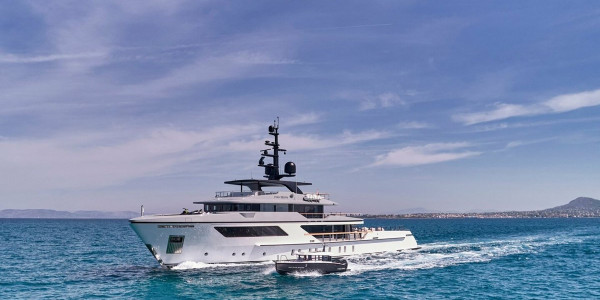
With the survey report in hand, you can move forward with negotiating the purchase. This step involves determining the final price, drafting a sales agreement, and arranging for payment.
- Price Negotiation: Use the survey results to negotiate the price before you buy a yacht. If the survey reveals issues, you can request a reduction in price or ask the seller to cover the cost of repairs. Your broker can assist with these negotiations to ensure you get the best possible deal. Be prepared to make a counteroffer if the initial price is higher than you’re willing to pay.
- Sales Agreement: Once the price is agreed upon, a formal sales agreement will be drafted. This contract outlines the terms of the sale, including the purchase price, payment schedule, and any conditions that must be met before the sale is finalized. Ensure that the sales agreement includes all relevant details, such as the yacht’s specifications, any included equipment or accessories, and the timeline for the transaction.
- Escrow Account: It’s common practice to use an escrow account for the payment. The funds are held by a third party until all conditions of the sale are met, providing security for both buyer and seller. The use of an escrow account helps protect your investment and ensures that the funds are only released once the yacht is delivered in the agreed-upon condition.
- Legal and Tax Considerations: Depending on where you buy a yacht, there may be legal and tax implications to consider. Consult with a maritime lawyer to ensure compliance with all regulations and to understand any tax obligations. This is particularly important if you buy a yacht in a foreign country or planning to register the yacht in a different jurisdiction.
8. Financing Your Yacht
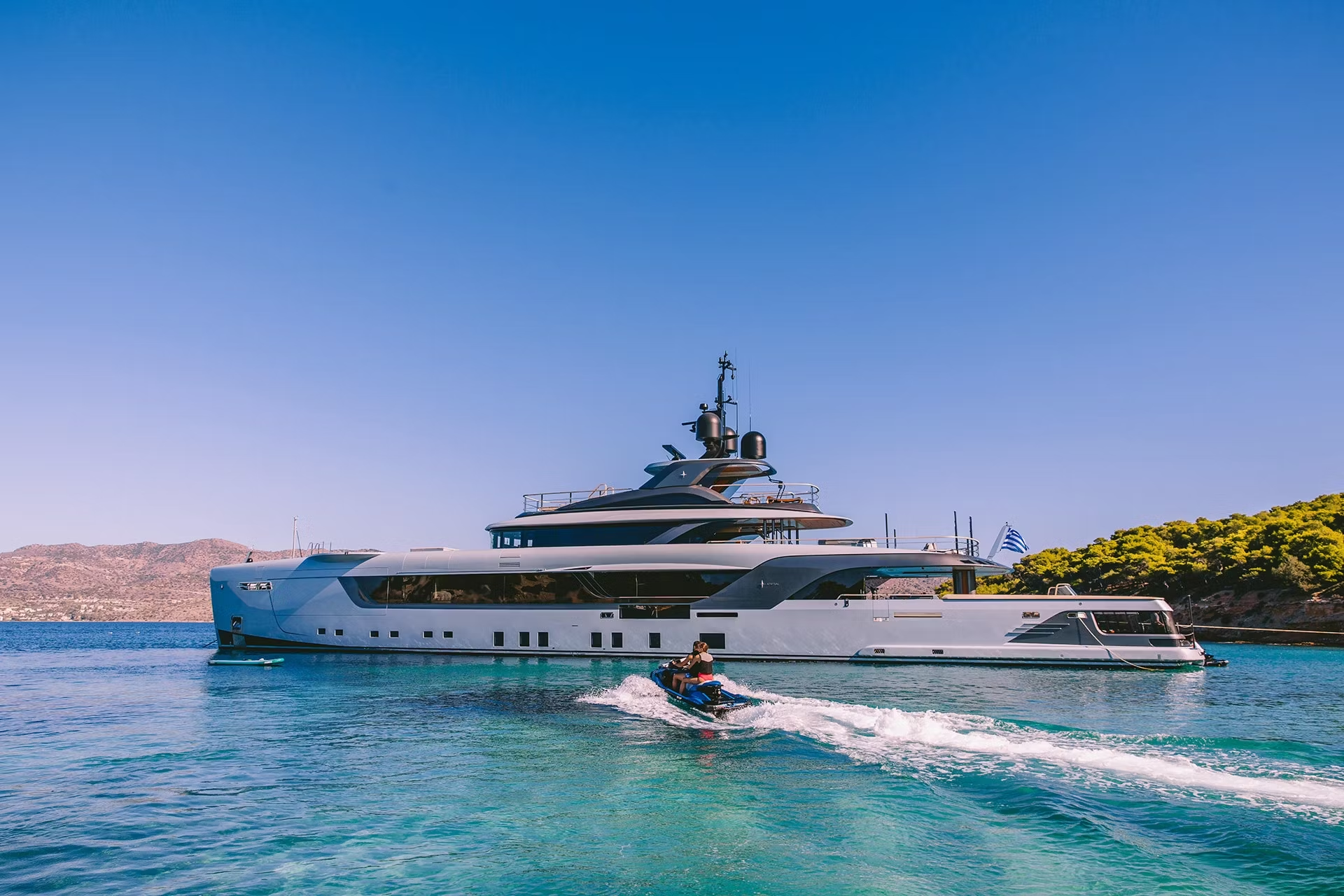
For many buyers, financing is a key aspect of purchasing a yacht. Understanding the different financing options available can help you make the right decision.
- Marine Mortgages: A marine mortgage is similar to a home mortgage but is specifically designed to buy a yacht. Lenders may require a substantial down payment and will typically assess the yacht’s value, your creditworthiness, and your ability to repay the loan. Marine mortgages often come with specific terms and conditions, such as requirements for insurance coverage and maintenance.
- Personal Loans: Depending on the yacht’s value and your financial situation, you may opt for a personal loan. While this option may offer more flexibility, interest rates can be higher compared to marine mortgages. Personal loans may also have shorter repayment terms, which could result in higher monthly payments.
- Leasing Options: Some buyers choose to lease a yacht rather than purchase it outright. Leasing can provide lower monthly payments and the option to purchase the yacht at the end of the lease term. Leasing may be a good option if you’re not ready to commit to full ownership or if you prefer to upgrade to a new yacht every few years.
- Cash Purchase: If you have the financial means, paying cash to buy a yacht eliminates the need for financing and can simplify the purchase process. However, it’s important to consider the impact on your overall financial situation and whether tying up a significant amount of cash in a yacht is the best use of your resources.
9. Insurance and Registration

Yacht insurance and registration are essential components of yacht ownership. Ensuring that you have the right coverage and that your yacht is properly registered is crucial.
- Yacht Insurance: Yacht insurance typically covers damage to the vessel, liability for injuries or damage to others, and protection against theft or vandalism. Policies vary, so it’s important to choose one that meets your needs. Factors such as the yacht’s value, cruising area, and intended use will impact the cost and coverage of your insurance policy.
- Choosing a Policy: Work with an insurance broker who specializes in yachts to find the best policy. Make sure to discuss coverage limits, deductibles, and any exclusions. Some policies may also offer coverage for crew members, personal belongings, or specific equipment, so it’s important to review the details carefully.
- Registration: Yachts must be registered with the appropriate authorities in your country or state. This process involves choosing a home port, obtaining a registration number, and displaying the number on the yacht. Depending on where you plan to cruise, you may also need to obtain additional permits or licenses. Registration requirements vary by country, so it’s important to research the specific regulations in your area.
10. Preparing for Ownership
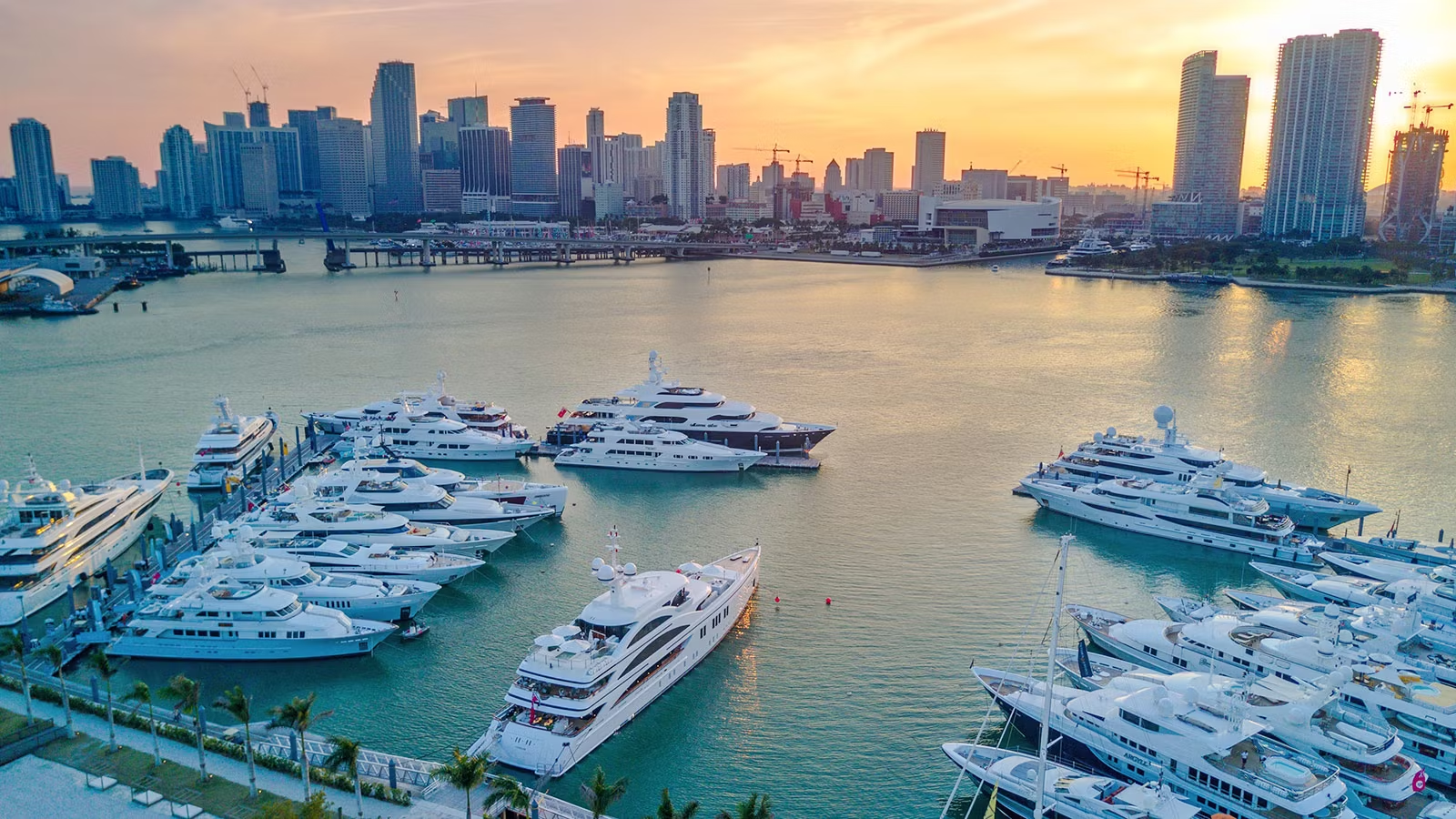
Once the purchase is complete, the exciting part begins: preparing to enjoy your new yacht. However, there are several important steps to take before you set sail.
- Training and Certification: If you’re new to yachting or upgrading to a larger vessel, consider taking a yachting course to improve your skills and confidence on the water. Many countries also require certain certifications for operating yachts over a specific size. Training courses can cover everything from basic seamanship to advanced navigation and safety procedures.
- Maintenance Plan: Establish a maintenance plan to keep your yacht in top condition. This includes regular inspections, cleaning, engine servicing, and checking safety equipment. Routine maintenance is essential for preventing issues and ensuring that your yacht remains seaworthy.
- Outfitting the Yacht: Depending on the yacht’s equipment and your intended use, you may need to purchase additional gear such as navigation systems, life rafts, fishing equipment, or water toys. Outfitting your yacht with the right gear can enhance your cruising experience and ensure that you’re prepared for any situation on the water.
- Mooring and Storage: Arrange for a mooring or slip at a marina, and consider storage options for when the yacht is not in use. Proper storage is especially important if you live in an area with harsh winter conditions. Some marinas offer dry storage, which can help protect your yacht from the elements when it’s not in use.
11. The Joy of Yacht Ownership

Owning a yacht is about more than just having a luxurious vessel at your disposal; it’s about the experiences and memories you’ll create on the water. Whether you’re exploring new cruising grounds, hosting family and friends, or simply enjoying the serenity of the sea, your yacht is your gateway to a world of adventure.
- Exploration and Adventure: Yachting opens up a world of exploration, allowing you to discover remote islands, secluded coves, and vibrant coastal towns. Whether you’re cruising the Mediterranean, exploring the Caribbean, or navigating the Pacific, each voyage offers new opportunities for adventure and discovery.
- Social Connections: Yachting is also a social activity, providing opportunities to meet like-minded individuals and form lasting friendships. Whether you’re joining a yacht club, participating in regattas, or hosting gatherings on board, yachting offers a vibrant community of enthusiasts who share your passion for the sea.
- Relaxation and Well-being: The tranquility of being on the water, away from the hustle and bustle of daily life, offers a unique opportunity for relaxation and rejuvenation. Many yacht owners find that spending time on their vessel is a way to unwind, connect with nature, and recharge both physically and mentally.
- Creating Memories: From sunset cruises to extended voyages, your yacht will be the backdrop for countless memorable experiences with family and friends. Whether you’re celebrating special occasions, embarking on epic journeys, or simply enjoying quiet moments at anchor, your yacht will play a central role in creating lasting memories.
12. Upgrading and Customization

As you become more experienced and your needs evolve, you may find yourself wanting to upgrade or customize your yacht. This can involve anything from minor modifications to a complete refit.
- Interior Design: Upgrading the yacht’s interior can significantly enhance your comfort and enjoyment. Consider updating furnishings, installing new lighting, or redesigning the layout to better suit your lifestyle. Customizing the interior allows you to create a space that reflects your personal style and preferences, whether you prefer a modern, minimalist look or a more traditional, nautical theme.
- Technology Upgrades: Advances in technology are constantly being made, and upgrading your yacht’s navigation, communication, or entertainment systems can improve your cruising experience. Installing the latest GPS systems, radar, or satellite communications can enhance safety and convenience while at sea.
- Performance Enhancements: If you’re looking to improve your yacht’s speed, handling, or fuel efficiency, consider upgrading the engines, propellers, or sails. Performance enhancements can make your yacht more enjoyable to operate and may even increase its resale value.
- Eco-Friendly Modifications: Many yacht owners are now considering environmentally friendly upgrades, such as solar panels, energy-efficient lighting, or waste treatment systems. These modifications can reduce your environmental footprint and align with a growing trend towards sustainable yachting practices.
13. Selling or Upgrading Your Yacht
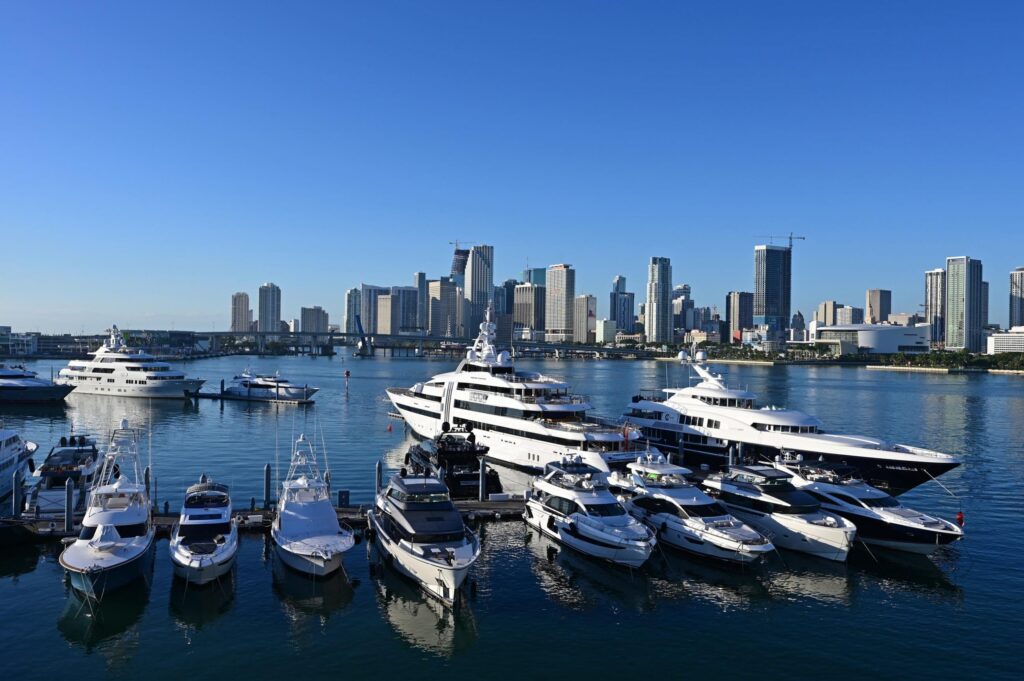
At some point, you may decide to sell your yacht or upgrade to a larger or more advanced vessel. Understanding the resale market and the process of selling a yacht is important for maximizing your investment.
- Preparing for Sale: Before listing your yacht for sale, ensure it’s in top condition. Address any maintenance issues, clean and declutter the interior, and consider a fresh coat of paint or varnish. A well-maintained yacht is more likely to attract buyers and command a higher price.
- Valuation: Obtain a professional valuation to determine the market value of your yacht. Factors such as age, condition, equipment, and market demand will influence the price. A realistic valuation will help you set an asking price that attracts buyers while ensuring you receive a fair return on your investment.
- Listing Your Yacht: Work with your broker to create a compelling listing that highlights your yacht’s features, benefits, and unique selling points. Professional photography and a detailed description can make your listing stand out. Consider listing your yacht on multiple platforms, such as YachtWorld, Boat Trader, and brokerage websites, to reach a wider audience.
- Negotiating and Closing the Sale: Just as with buying, selling a yacht involves negotiation. Be prepared to negotiate with potential buyers and consider offers carefully. Once a sale is agreed upon, the closing process will involve transferring ownership, handling paperwork, and finalizing payment. Your broker can assist with these steps to ensure a smooth and successful transaction.
14. The Future of Yachting
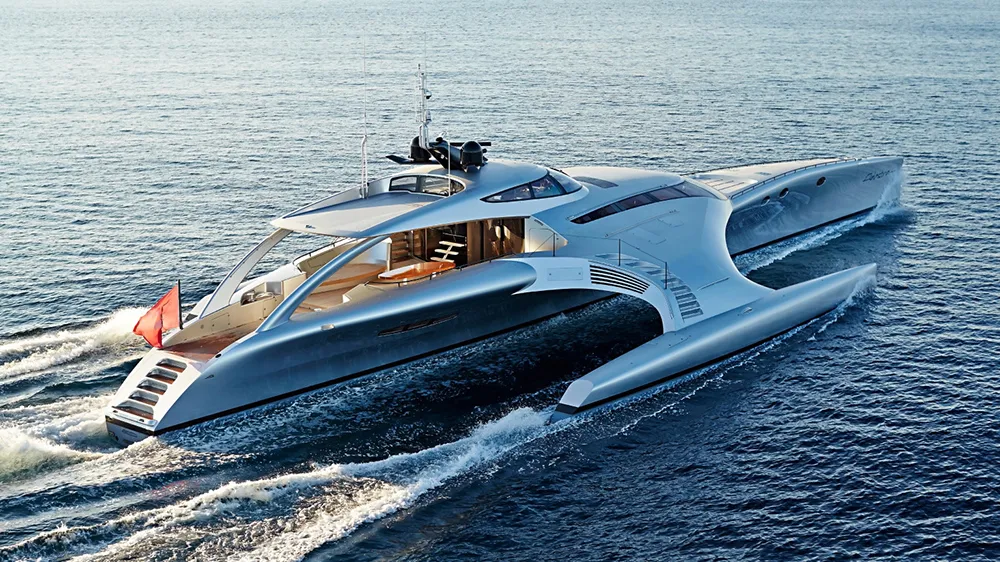
Yachting is constantly evolving, with new trends, technologies, and innovations shaping the industry. Whether you’re a new yacht owner or a seasoned sailor, staying informed about the latest developments can enhance your yachting experience.
- Sustainable Yachting: The yachting industry is increasingly focused on sustainability, with innovations in eco-friendly materials, alternative propulsion systems, and energy-efficient designs. Yachts with hybrid or electric engines, solar power systems, and advanced waste management are becoming more common, reflecting a growing commitment to protecting the marine environment.
- Smart Yachts: The integration of smart technology into yachts is transforming how owners manage and operate their vessels. From remote monitoring systems to automated controls, smart yachts offer greater convenience, efficiency, and safety. Innovations such as integrated navigation systems, digital dashboards, and automated docking are making yachting more accessible and enjoyable for owners and crew alike.
- Experience-Focused Ownership: As yachting becomes more experience-focused, there’s a growing trend towards fractional ownership, yacht charters, and shared ownership models. These options allow more people to enjoy the benefits of yachting without the full commitment of ownership. Fractional ownership, in particular, offers a cost-effective way to enjoy yachting, with shared expenses and management responsibilities.
Conclusion: Navigating the Yachting Journey
Buying a yacht is a significant investment, both financially and emotionally. It’s a journey that requires careful planning, research, and decision-making. By understanding your needs, working with professionals, and staying informed about the market, you can navigate the yacht-buying process with confidence.
As you embark on this exciting adventure, remember that owning a yacht is about more than just the vessel itself. It’s about the freedom to explore new horizons, the joy of spending time on the water, and the countless memories you’ll create along the way. Whether you’re cruising along a tranquil coastline, hosting friends for a sunset sail, or setting off on an epic voyage, your yacht is your ticket to a world of endless possibilities.
